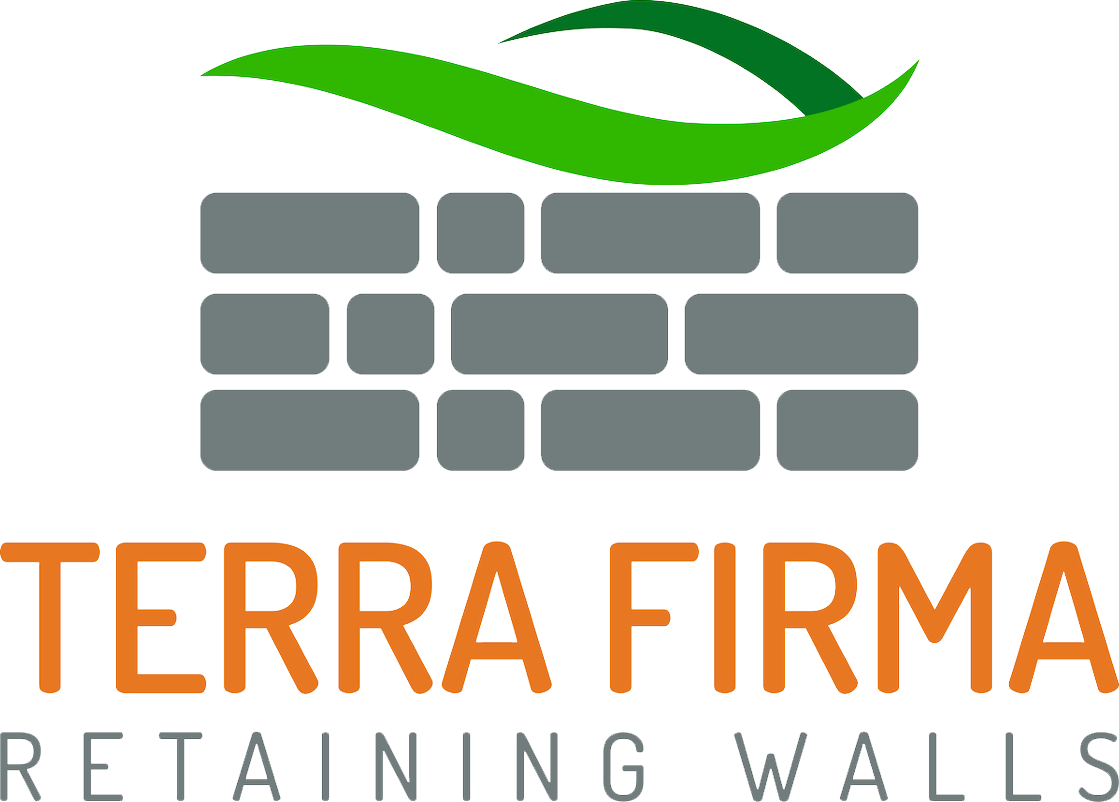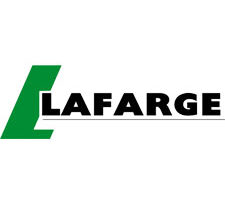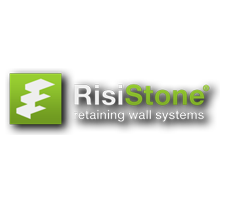We Serve Hamilton and the Greater Toronto Area
Do You Have a Retaining Wall Project We Can Help With?
Choose the right retaining wall design and save money in the long run.
Simply put, a retaining wall is a structure used to support lateral soil pressures to retain the soil at a higher elevation at a near-vertical angle.
There are multiple factors to consider when choosing a retaining wall design. The height of the proposed wall is the most important factor because it significantly influences the design parameters of the retaining wall: the higher the wall, the more lateral loads it must resist.
If your retaining wall is over 1 meter in height, you need to pay special attention to whom you hire to construct your retaining wall. The 1-meter mark is a significant benchmark for a few reasons:
- A building permit may be required when your retaining wall is over 1 meter tall.
- Most retaining wall products on the market can only tolerate lateral loads up to 1 meter in height without additional reinforcement measures.
When you begin researching retaining wall construction and talking to people about your project, you will get bombarded with multiple product suggestions, from Railway Ties to Gabion Baskets. You may also hear from your well-intentioned friends and neighbours about how their Uncle Hank built a 6′ high retaining wall with their bare hands 40 years ago and how that wall still stands. Uncle Hank’s prowesses may well be true. Still, the most crucial consideration is that each site is UNIQUE. A retaining wall design that worked at one location will not necessarily work at another location.
So, before you pick a product and hire a contractor to build your retaining wall, consider the following three parameters:
Are you constructing your retaining wall on a steep slope or in poor soil conditions? Suppose the answer to this question is yes. In that case, a gravity retaining wall system is highly likely to fail, especially if the wall is over 1.5 meters tall. The most viable solution is a soldier-pile & lagging retaining wall system. Even though soldier-pile & lagging systems are more costly than gravity-retaining wall systems, they are more robust and highly impervious to the effects of unstable slopes.
The second parameter to consider is whether the retaining wall has to support a load surcharge. Load surcharges are additional pressures exerted on the retaining wall by a structure, a vehicle, or a slope on top of the retaining wall. If the retaining wall must support a load surcharge, you need to incorporate additional reinforcement measures during the design of the retaining wall.
The third factor to consider is access to the construction site. Better access means more design options. For example, suppose the construction site has unimpeded access, making bringing in a 6′ wide machine easy. In that case, larger precast products, deeper foundations, more robust tiebacks, etc., are all options. In addition, the project will progress faster because larger equipment can move more materials during construction.
If access is restrictive, the options available will be limited, complicating retaining wall design and construction and driving up costs.
If your retaining wall is over 1 meter tall, don’t hesitate to contact us for a free consultation. We would be happy to provide you with a customized design solution.
Trusted Partners
Get A Quote Today
Please provide us with your contact information and the details of your project and we would be happy to get in touch with you to schedule an appointment.





